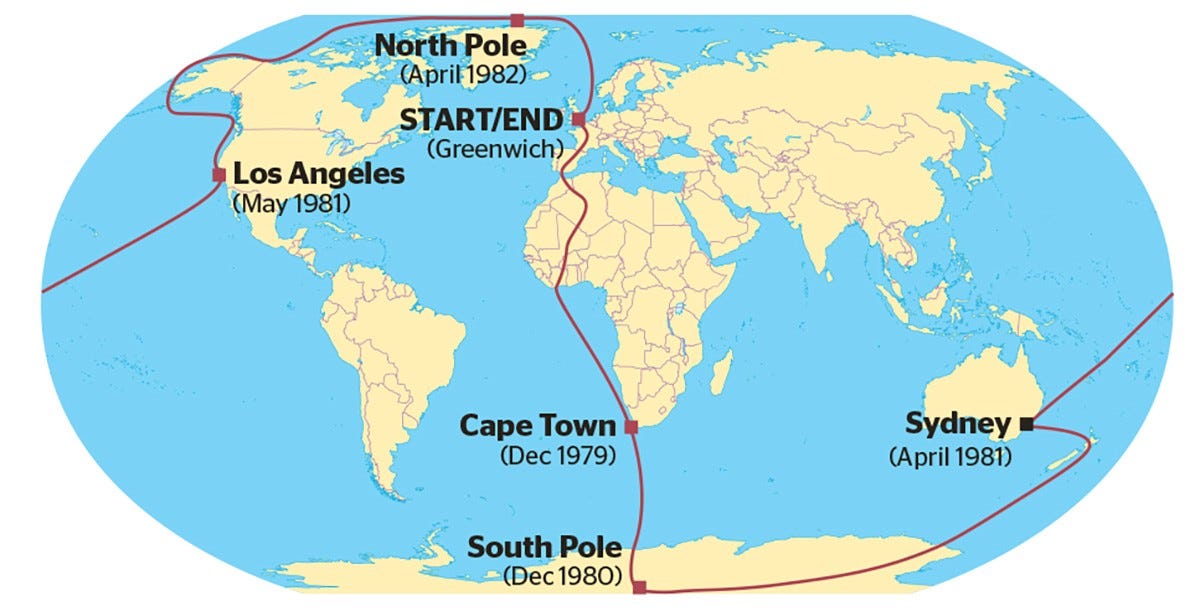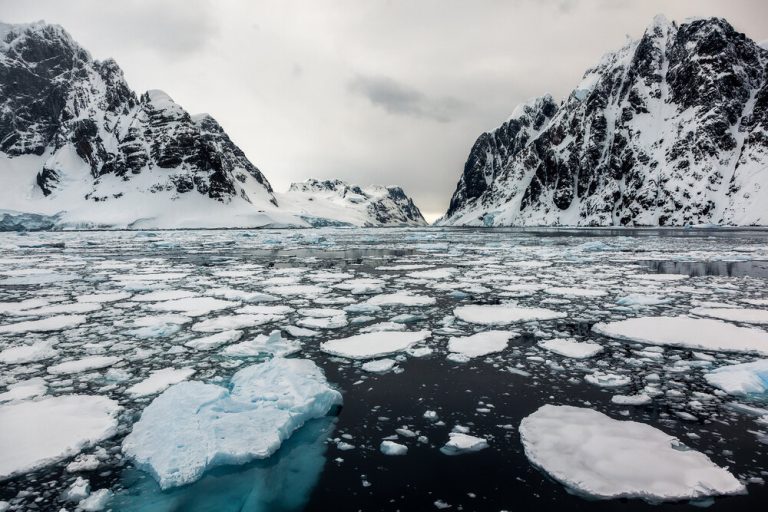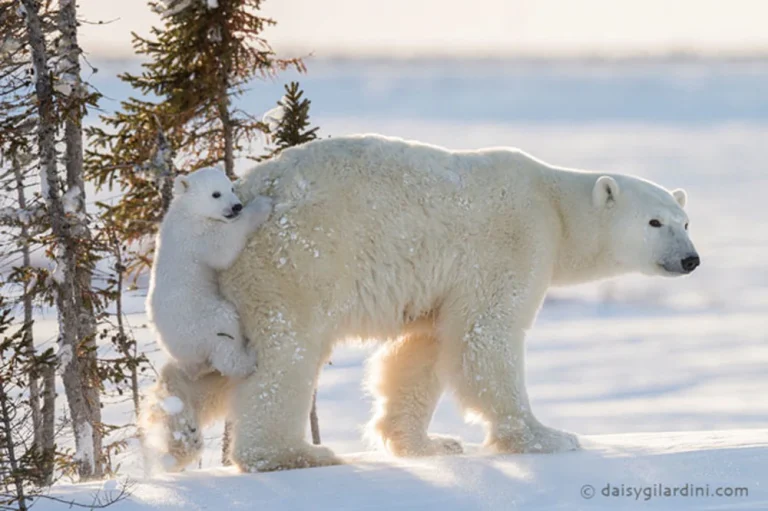The Expedition is one of the most daring and fascinating adventures undertaken in modern exploration history. A true testament to human resilience, innovation, and perseverance, this remarkable journey involved crossing the globe through some of the harshest environments known to mankind. For adventurers and explorers alike, the story of the Transglobe Expedition serves as a powerful inspiration. It demonstrates not only the physical endurance required but also the mental fortitude needed to face extreme challenges.
In this article, we will delve into 10 unbelievable adventures from the Expedition, exploring the people, the places, and the experiences that made this journey a remarkable feat of exploration.
The Birth of the Transglobe Expedition
The inception of the Transglobe Expedition was marked by a unique vision: to make a full circumnavigation of the globe via both the poles—crossing the Arctic and Antarctic regions. The brainchild of British explorer Sir Ranulph Fiennes and his team, this expedition sought to push the boundaries of human exploration. It would be the first expedition of its kind, traversing both the North and South Poles while maintaining a consistent path along the globe’s meridian.
In the mid-1970s, Fiennes, along with his dedicated team, began planning this grand journey. Their goal was to start the expedition in the north, pushing through the harsh terrain of the Arctic, and then journey southward through the extreme cold of Antarctica. The plan was ambitious, dangerous, and exhilarating all at once.
Setting Foot in the Icy Wilderness of Antarctica
One of the most unforgettable aspects of the Transglobe Expedition was its trek across the freezing wilderness of Antarctica. The journey was grueling, with the team battling extreme temperatures, icy winds, and the constant threat of frostbite. As the team navigated their way through vast ice sheets, the expedition tested their endurance like never before.
However, the Antarctic segment of the Expedition was not just about survival. It was a quest to explore remote, untouched regions of the world and a place where few had dared to venture. The team’s efforts in Antarctica also led to important scientific discoveries about the environment, particularly in the areas of glaciology and climate.
The North Pole: A Frozen Challenge
The Transglobe Expedition also took the team to the North Pole, an area that had seen only a handful of successful expeditions before theirs. The challenge of reaching the North Pole was immense, and the conditions were unforgiving. The team had to navigate shifting sea ice, unpredictable weather, and the constant risk of being stranded. Each member of the team had to rely on both physical strength and mental resolve to keep going.
The experience was marked by extreme isolation, as the team was far from civilization, with nothing but ice and snow in every direction. However, the journey also highlighted the spirit of teamwork, resilience, and the power of pushing past one’s limits in the face of such a formidable challenge.
Surviving in the Deserts of the Middle East
After the polar sections of the Transglobe Expedition, the team shifted focus to the deserts of the Middle East. While these regions are known for their scorching heat and arid conditions, the team was determined to prove that no environment was beyond their reach. The heat was unbearable, with temperatures reaching well over 50°C (122°F) in some areas.
Despite the difficult terrain and dangerous temperatures, the team pressed on. This leg of the journey showcased not only the versatility of the explorers but also their capacity to adapt to extreme and changing environments. Whether navigating vast sand dunes or dealing with sandstorms, the team’s perseverance in the face of such adversity solidified the Expedition as an adventure unlike any other.
A Trek Through the Heart of Africa
Another striking feature of the Transglobe Expedition was the team’s trek through Africa. This leg of the journey took them through dense jungles, treacherous river crossings, and steep mountain ranges. The region was rich in biodiversity, and the team often had to navigate areas infested with dangerous wildlife, including crocodiles, hippos, and venomous snakes.
This segment also took the team through regions plagued by political instability, adding an additional layer of danger to an already perilous journey. Despite these threats, the team continued to push forward, determined to complete their circumnavigation of the globe.
Exploring the Remote Wilderness of Siberia
Siberia, with its vast, untamed landscapes, posed another set of challenges for the Transglobe Expedition. The extreme cold, especially in winter, and the dense forests made this portion of the journey one of the most difficult. The team faced treacherous river crossings, freezing temperatures, and the risk of becoming lost in the endless forests of Siberia.
Yet, the beauty and solitude of Siberia offered a sense of awe and wonder, with snow-covered mountains and frozen lakes creating a surreal backdrop for the journey. The team’s passage through Siberia was not only a physical challenge but also a deeply spiritual experience, as they navigated one of the last truly wild places on Earth.
Overcoming the Harsh Winds of the Gobi Desert
The Gobi Desert, located in northern China and southern Mongolia, is known for its harsh climate and extreme temperature swings. The Transglobe Expedition team crossed the desert as part of their route across Asia, battling scorching heat during the day and freezing cold at night. The landscape was vast and barren, with nothing but sand dunes and rocky outcrops stretching to the horizon.
The team had to rely heavily on their navigational skills, as the lack of distinct landmarks in the Gobi Desert made it easy to become disoriented. Despite the challenges, the team remained committed to their mission, overcoming the physical and mental toll of the desert’s extremes.
Navigating the Dangerous Waters of the South Pacific
While much of the Transglobe Expedition was focused on land travel, the team also had to contend with the dangerous waters of the South Pacific. The journey through this area involved navigating treacherous ocean currents, unpredictable storms, and the constant threat of capsizing. The team’s expertise in both land and sea navigation was put to the test as they traversed this often-overlooked yet perilous part of the world.
The isolation of the open ocean also posed its own set of psychological challenges. With little to no land in sight for days on end, the mental fortitude of the team was pushed to its limits.
Traversing the Andes Mountains
The Andes Mountains presented one of the most physically demanding legs of the Transglobe Expedition. With towering peaks reaching over 6,000 meters (20,000 feet) in elevation, the team had to deal with altitude sickness, freezing temperatures, and the threat of avalanches. The trek through the Andes was grueling, but it also offered some of the most breathtaking views of the entire journey.
Climbing high-altitude passes and crossing deep ravines, the team was forced to rely on their mountaineering skills and experience to navigate the harsh terrain. The Andes were a reminder of the immense power and beauty of the natural world, providing a sense of both awe and fear.
The Final Leg: A Return to the Arctic
After completing their circumnavigation, the Transglobe Expedition team made their way back to the Arctic for the final leg of their journey. The return to the Arctic was symbolic, as it marked the completion of the expedition’s ambitious goal. Having successfully navigated the globe’s most extreme environments, the team’s return was a triumphant moment in the history of exploration.
The final stages of the Expedition were an emotional culmination of years of planning, hardships, and incredible feats of endurance. With their mission complete, the team proved that human determination could overcome any challenge, no matter how impossible it seemed.
Conclusion
The Transglobe Expedition remains one of the most remarkable feats in the history of human exploration. The journey was not just about traversing the globe but about pushing the limits of what explorers could achieve. From the icy tundra of Antarctica to the blistering heat of the Gobi Desert, the team showed the world the true meaning of perseverance.
Their incredible adventures through harsh terrains, dangerous climates, and remote wildernesses have inspired countless adventurers to dream big and challenge themselves. The Expedition demonstrated that no matter the odds, the human spirit is capable of conquering even the most daunting of challenges.
FAQs
Q1.What was the main goal of the journey?
The primary objective was to complete a full circumnavigation of the globe via both the North and South Poles, crossing some of the most extreme environments on Earth.
Q2.Who was in charge of the expedition?
The journey was led by Sir Ranulph Fiennes, a celebrated British explorer known for his record-breaking adventures and expertise in extreme conditions.
Q3.How long did the journey take to complete?
The entire expedition lasted about three years, spanning from 1979 to 1982, with the team facing various challenges along the way.
Q4.What were some of the most difficult challenges faced?
The harsh conditions of the Arctic and Antarctic, the sweltering heat of deserts, and the perilous mountain ranges were some of the most demanding aspects of the journey.
Q5.Did the team make any scientific discoveries?
Yes, the journey contributed valuable data, particularly in areas like glaciology, climate research, and environmental studies as the team explored previously uncharted regions.
Also read: Cape Horn on Map: 10 Stunning Locations You Must Explore




Leave a Comment